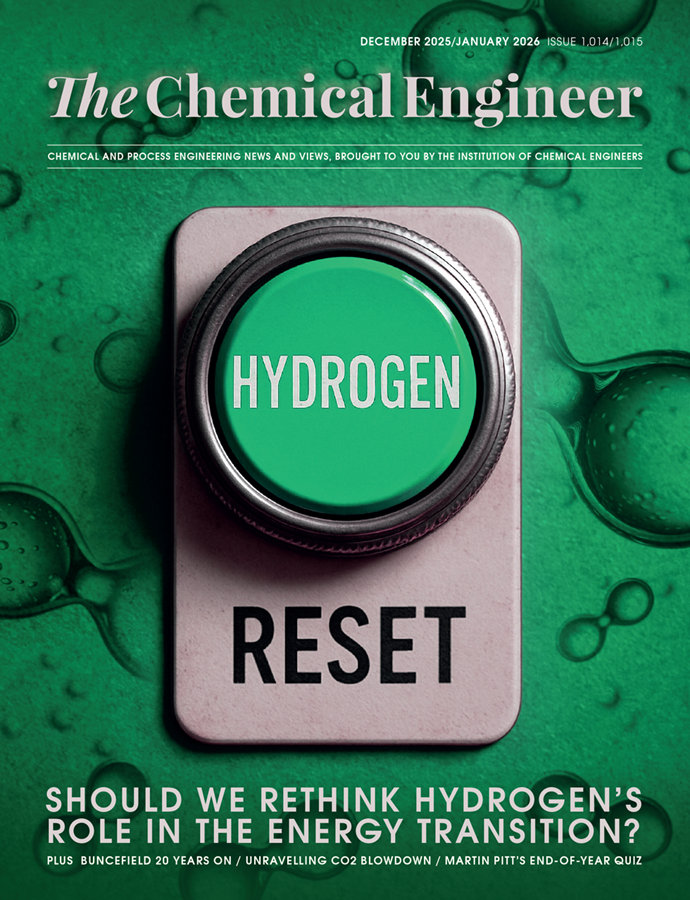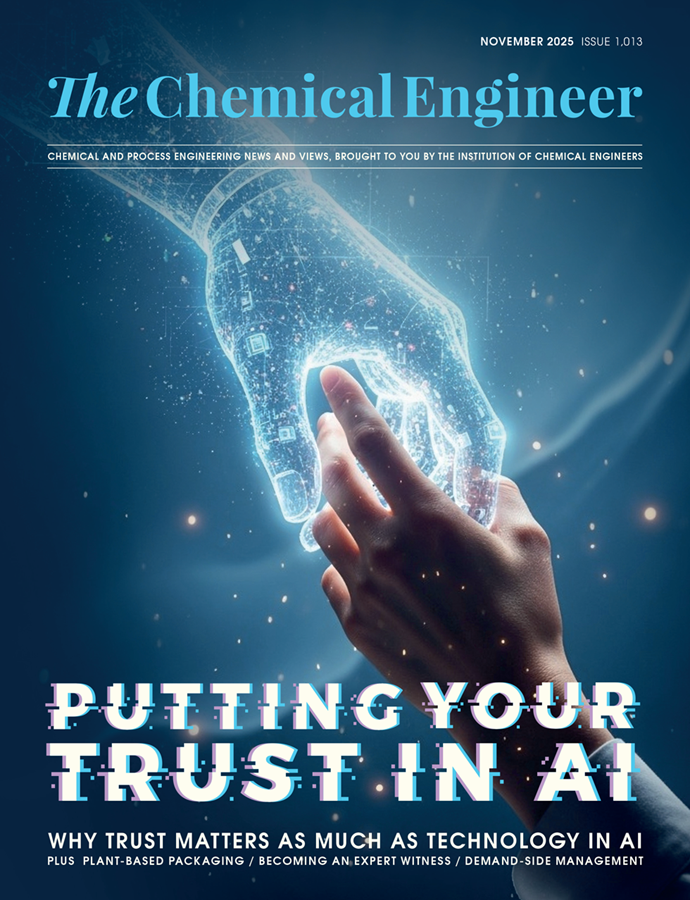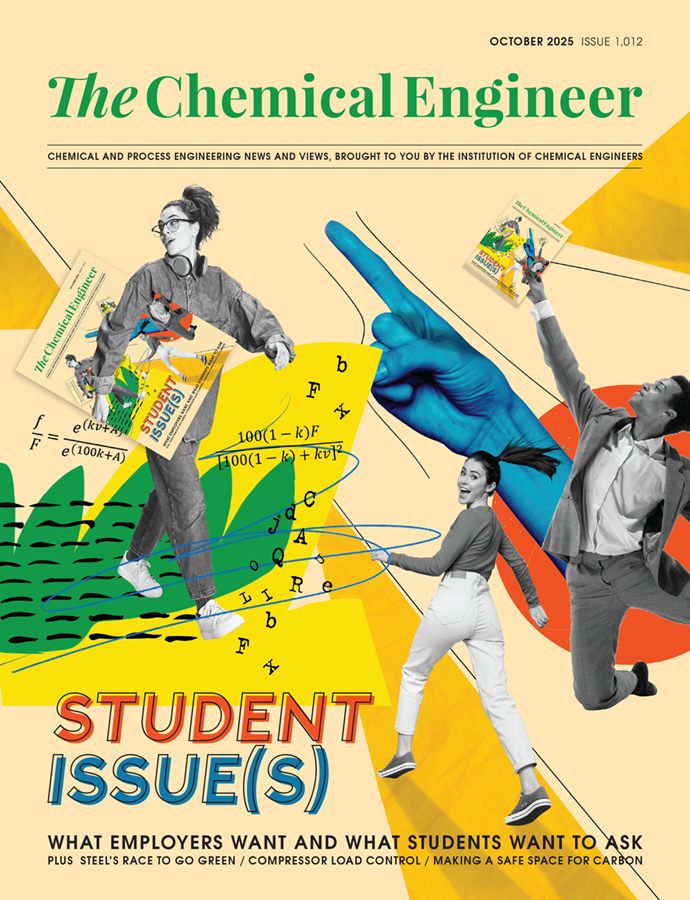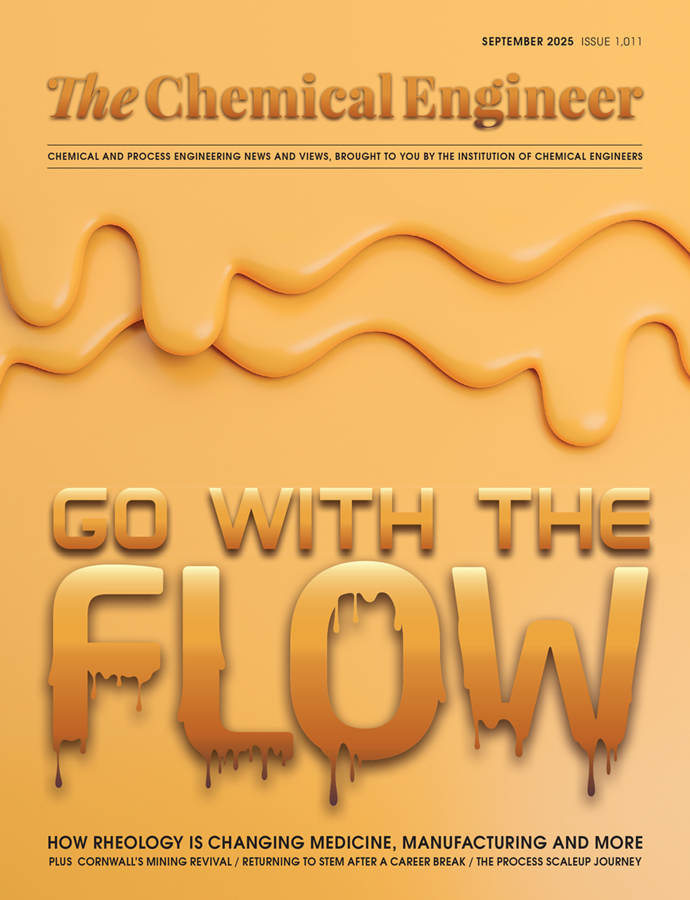Pfizer's Penicillin Pioneers – Jasper Kane and John McKeen
Claudia Flavell-While looks at the work of Jasper Kane and John McKeen

Alexander Fleming is a household name that any secondary-school pupil should recognise as the man who, in 1928, discovered penicillin’s potential for fighting infections. Some may also remember Howard Florey, who in 1939 isolated penicillin and demonstrate its ability to kill infectious bacteria. But what about Jasper Kane and John McKeen?
Without the contributions of Kane and McKeen – a chemist and a chemical engineer working for Pfizer in the first half of the 20th century – Fleming’s antibiotics would not have reached the soldiers in the closing stages of World War II to treat the 150,000 soldiers wounded in the D-Day landings alone, and countless more would have died.
Kane and McKeen’s contribution was the industrial-scale production of penicillin via deep-tank fermentation. Without it, penicillin might have remained a laboratory curiosity, or restricted to the lucky few.
Cash-starved at the surface
Much of the early work on producing penicillin was carried out in the UK, by companies such as Glaxo and Boots.
“I met Alexander Fleming sometime during the war and got samples of the mould from him and that’s what started our research,” says Gordon Hobday, who during the 1930s and ‘40s was director of research at Boots. “It has to be said that Fleming himself was not all that helpful – he was interested in the science, not the manufacturing process.”
Before deep-tank fermentation was developed, penicillin was produced through surface fermentation. Chemicals production via fermentation was new in itself and the process was extremely cumbersome. “Boots built an incubator that stored god knows how many milk bottles holding a few centimetres of nutrient liquid and the penicillin was grown on surface of that,” Hobday explains.
“It was obvious that this was not the most efficient way of doing things. Deep-tank fermentation was known for a long time, after all it an everyday business for breweries, but the problem was that penicillin production requires air.”
This made the process tricky and expensive to develop. Government funding was a must, but several years into the war, the UK government could not afford to help.
“You have to remember, this was wartime, and the British government was not in a very good position to start spending large amounts of money to build a new factory to produce penicillin,” Hobday tells tce. The Americans, having spent the early part of the war on the sidelines, were in a much stronger position. Therefore, the British companies handed over their research to the US, where the government in 1941 launched an appeal to the nation’s chemical and pharmaceutical industry to find a way of mass-producing this ‘wonder drug’.
Rooted in citric acid
Deep-tank fermentation had already some history in the US, particularly at Pfizer, where the needs of a previous war and a different product had sparked chemical engineers to action. That product was citric acid.
At the start of the 20th century, citric acid was still produced directly from lemons and limes by fermentation. The US was a big market for citric acid, which was used in a wide variety of food and soft drinks such as the recently-launched but already popular Coca-Cola and Dr Pepper. Most of the lemons were imported from Italy, but World War I caused supply to become unpredictable to say the least. Hence Pfizer – at the time, a fairly small supplier of food chemicals – was keen to reduce or replace the need to import lemons.
In 1919, the company hired the food chemist James Currie, who had discovered that fermenting certain strains of the penicillin mould Aspergillis niger together with sugar resulted in citric acid. Invaluable help for this project came from his lab assistant: a 16-year old Jasper Kane.
After several years of development, the process had proven itself, but as Aspergillis niger is an aerobic mould, the company had to use surface fermentation, which limited capacity. Kane worked with Pfizer biochemist Alexander Finlay to adapt the process to deep tanks but aeration was a problem. Eventually, Kane and Finlay found a way of bubbling air through the mixture while agitating it with an electric stirrer. The process was a success. Pfizer was not only king of the citric acid producers, but also applied its newfound expertise in fermentation, particularly deep-tank fermentation, to more products like itaconic acid, fumaric acid, gluconic acid and vitamins such as riboflavin.

The miracle drug
World War II hit and with the casualties mounting, the Allies in 1941 remembered Fleming’s miracle drug – ‘all’ they had to do was to scale up production. With a cash-strapped UK out of the running, it fell to the US government to challenge companies to perfect the process.
Kane, who’d by then made it to director of research, tasked John McKeen – a chemical engineer from Kane’s own alma mater, Brooklyn Polytechnic – with setting up a pilot plant. McKeen started off using shallow fermentation, but soon ran into difficulties. Contamination was a huge problem, and entire batches had to be discarded after they had been transported across the notoriously bouncy Brooklyn Bridge.
“Penicillin mould is hard to work with, the yields from surface fermentation are very low, and contamination was a huge problem for us too,” confirms Hobday.
‘As temperamental as an opera singer’
Equally frustrated with the limitations of surface fermentation, Kane suggested deep-tank fermentation. However, the move represented a huge business risk for Pfizer: war-time materials shortages meant that the company could not easily acquire extra reactors but would have to use the tanks already in use to produce riboflavin and citric acid – proven, established money-spinners abandoned in favour of an unproven, tricky-to-produce ‘miracle drug’.
When Kane brought the proposal to the factory manager John Smith, he was told: “The mould is as temperamental as an opera singer, the yields are low, the isolation is difficult, the extraction is murder, the purification invites disaster and the assay is unsatisfactory. Think of the risks and then think of the expensive investment in big tanks – think of what it means if you lose a 2000-gallon tank against what you lose if a flask goes bad. Is it worth it?”
Smith pointed out how unstable the finished product was – that even if Pfizer succeeded at producing it in volume, they did not know whether it could be stored and transported to the battlefield, and that there was a significant risk that while Pfizer invested millions in deep-tank fermentation, somebody else might develop a different and cheaper alternative.
But Kane was adamant. “It’s a risk we have to take. At this moment, it is the only way, even if it is a gamble.”
Motivational posters helped scale up production in record time
Working round the clock
Eventually Smith and Pfizer’s board of directors agreed, and in early 1943, Pfizer purchased an old ice factory near Pfizer’s Brooklyn premises for the deep-tank fermentation of penicillin. The job of putting the plan into practice fell to McKeen, Pfizer’s works superintendent. With plant equipment availability restricted by the war effort, McKeen scoured the surrounding states for second-hand boilers, elevators and other bits, drew up a plan and put the men to work.
Staff worked round the clock to meet the six-month deadline Pfizer had imposed. Seven-day weeks and 16-hour days were the norm, and workers grabbed whatever sleep they could on makeshift beds in side rooms and research labs as they reconfigured fermentation tanks and transformed the ice plant into a penicillin factory. The work paid off, and McKeen had the plant up and running within four months instead of six.
Fourteen 7500 gallon (28,400 l) tanks started up on 1 March 1943, and within four months Pfizer produced five times as much penicillin as it had initially expected. By the end of the year, the company had produced over 45m units of penicillin. On 6 June 1944 – D-Day – every Allied soldier was carrying a dose of the antibiotic, 90% of which was produced by Pfizer.
Writing in his book In search of penicillin, David Wilson says: “It is the biggest single failing of the myth about penicillin that it ignores the technological breakthrough of deep fermentation, a breakthrough that was every bit as vital to the successful development of penicillin as any of the more dramatic laboratory work.’’
Originally published in February 2010
Recent Editions
Catch up on the latest news, views and jobs from The Chemical Engineer. Below are the four latest issues. View a wider selection of the archive from within the Magazine section of this site.




